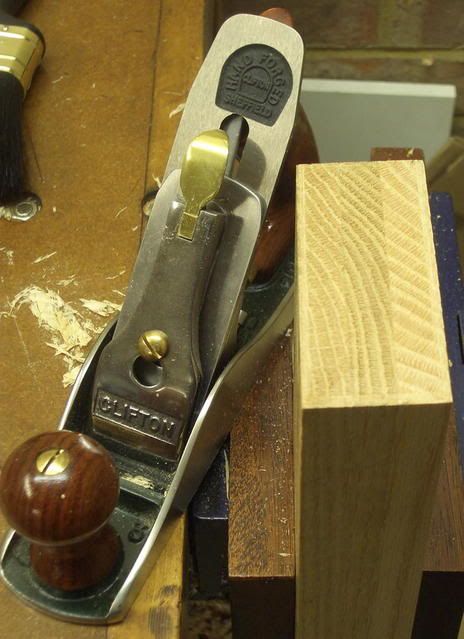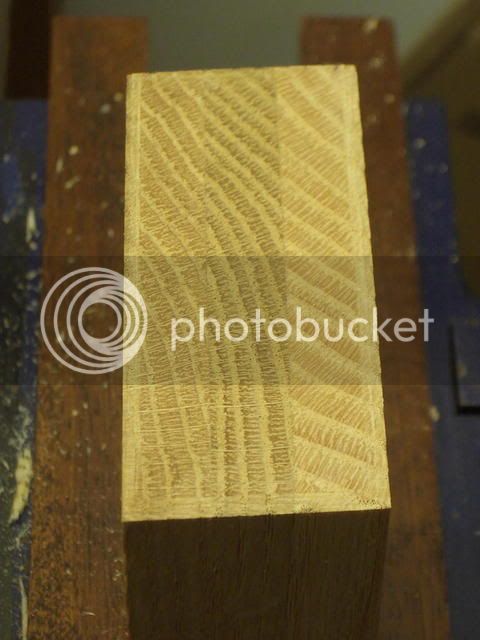It’s regarding low angle jack and jointer planes. Having not really used one but read so much about them, I was wondering if I was to purchase one what one would be a good choice to make.
I have been looking at the lie-Nielsen range and the Veritas and not totally sure what would be the right one, I have a Lie-Nielsen No: 5 ½ and love it to bits, just that the Lie-Nielsen’s Low angle jack plane is a little shorter than the No: 5 ½ so would lighter making it graceless to use, so I have been looking at the low angle jointer but think that they might be a little too long and even heavy. I know that using a plane is a personal choice like most tools, I would be very grateful for you opinion on this matter.
I have been looking at the lie-Nielsen range and the Veritas and not totally sure what would be the right one, I have a Lie-Nielsen No: 5 ½ and love it to bits, just that the Lie-Nielsen’s Low angle jack plane is a little shorter than the No: 5 ½ so would lighter making it graceless to use, so I have been looking at the low angle jointer but think that they might be a little too long and even heavy. I know that using a plane is a personal choice like most tools, I would be very grateful for you opinion on this matter.






